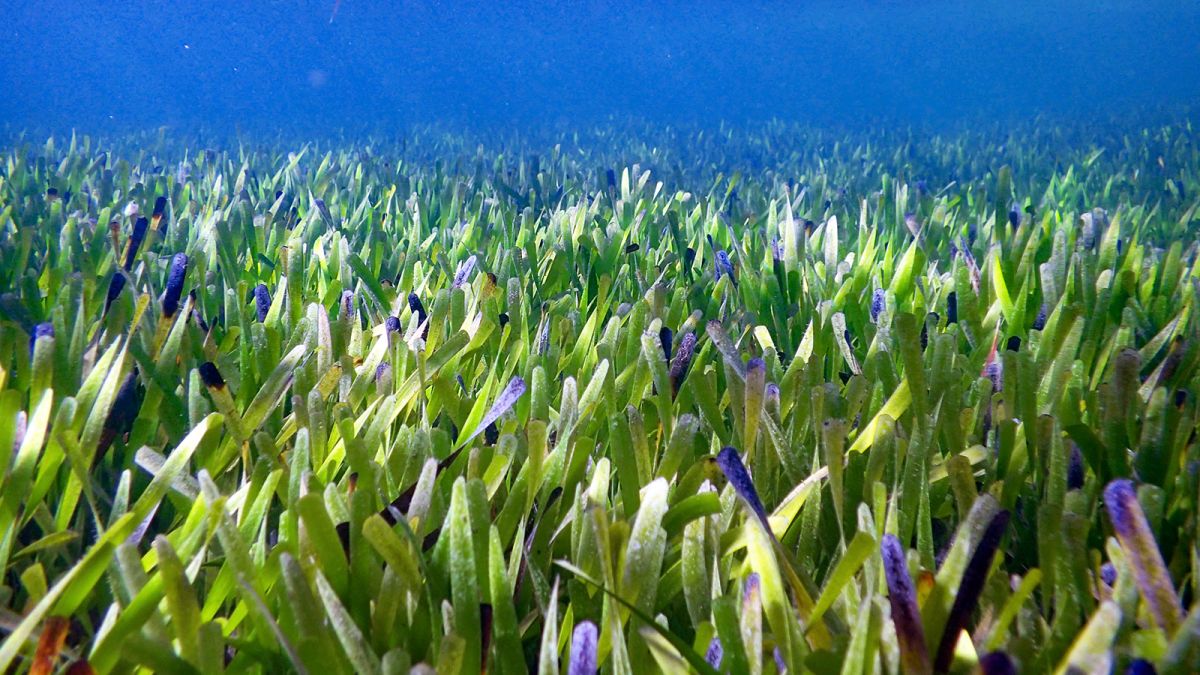The world’s biggest plant, a 180-kilometer-long seagrass, was recently discovered off Australia’s west coast.

But the plant’s 150-kilometer length — roughly the same as the distance between Mumbai and Pune — isn’t its sole highlight.
A pair of researchers from Flinders University and the University of Western Australia found the ribbon weed, or Posidonia australis, near Shark Bay. These researchers also discovered that the plant is 4,500 years old, sterile, has twice as many chromosomes as other comparable plants, and has survived the dynamic environment of Shark Bay.
The ribbon weed has taken over 20,000 hectares of land. The clonal colony of a quaking Aspen tree in Utah, which covers 43.6 hectares, is the next plant on the podium and the second biggest plant. The Great Banyan at Howrah’s Botanical Garden is India’s largest tree, covering 1.41 hectares.
Although the presence of seagrass was established, it was not known that it was a single plant. Researchers sought to examine the genetic variety of what they thought was a meadow and collect certain portions for seagrass restoration.
According to the University of Western Australia, the researchers “collected seagrass shoots from across Shark Bay’s various ecosystems and developed a ‘fingerprint’ using 18,000 genetic markers,” according to Jane Edgeloe, a UWA undergraduate researcher and primary author of the paper.
“The answer astounded us — there was just one!” Edgeloe was said to have said. “That’s it; at Shark Bay, a single plant has spread over 180 kilometres, making it the world’s biggest known plant.”
A plant took root in Shark Bay sometime during the Harappan era. Then it continued to expand through its rhizomes, conquering all obstacles along the way, and here we are today.
Ribbon weed rhizomes typically develop at a rate of 35cm per year, which is how the scientists calculated its 4,5000-year lifetime.
The ribbon weed is unable to distribute its seeds, which aids plants in overcoming environmental problems, according to the researchers. Shark Bay also experiences temperature and salinity variations, as well as a lot of sunshine, making it difficult for any plant to thrive.
Despite this, the ribbon weed has managed to thrive, and part of the reason may be because it is a polyploid — instead of absorbing half of each parent’s DNA, it took the entire genome, which is not uncommon in plants. As a result, this ribbon weed has twice as many chromosomes as other plants of the same species.
“Polyploid plants commonly dwell in regions with harsh environmental circumstances, are often sterile, but can continue to grow if left undisturbed,” said Dr Elizabeth Sinclair, a senior author of the study, according to the University of Western Australia.
Seagrass plays an important function in the ecology, and the fact that part of it is hardy is excellent news for everyone living in a world endangered by climate change.
Seagrass may be found throughout India’s coasts, particularly in the Gulf of Mannar and the Palk Strait. Seagrass traps sediments and prevents water from becoming murky, absorbs carbon from the atmosphere, and prevents coastal erosion, in addition to being home to a variety of microscopic species.
For millennia, the Shark Bay ribbon has acted as a sinkhole, friendly city, and barrier. And because it has accomplished all of this without marrying, it may have another distinction: it is one of the oldest champions of sologamy.
